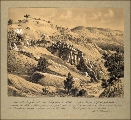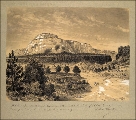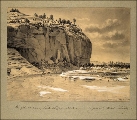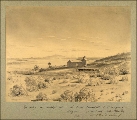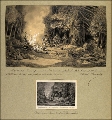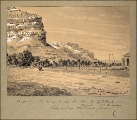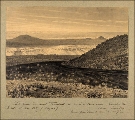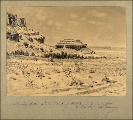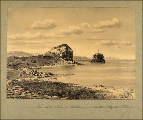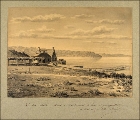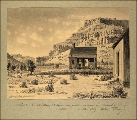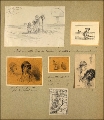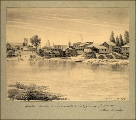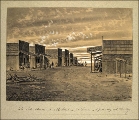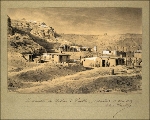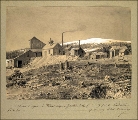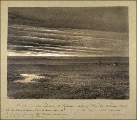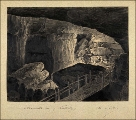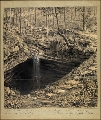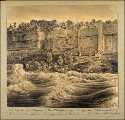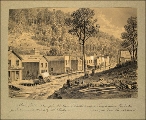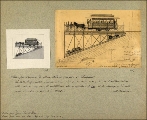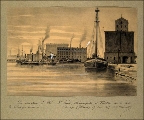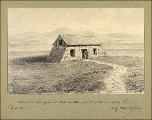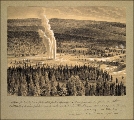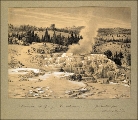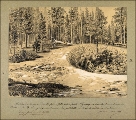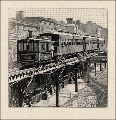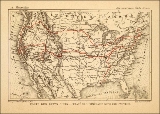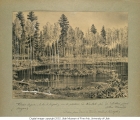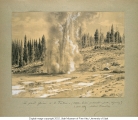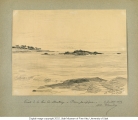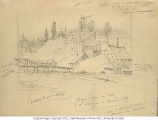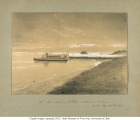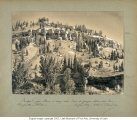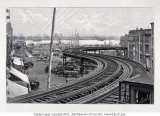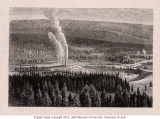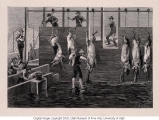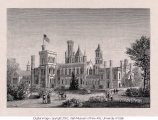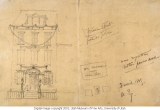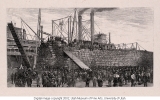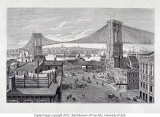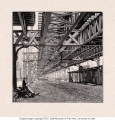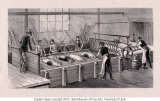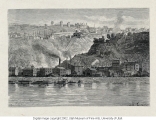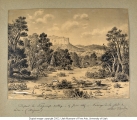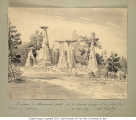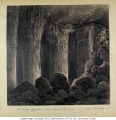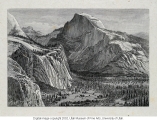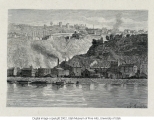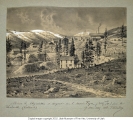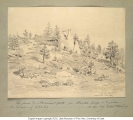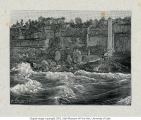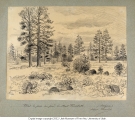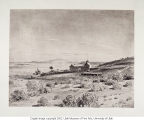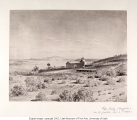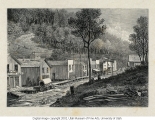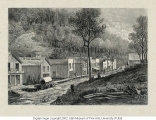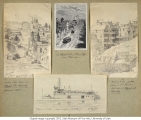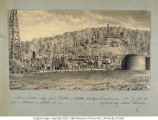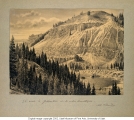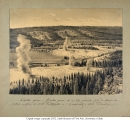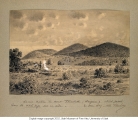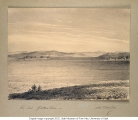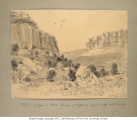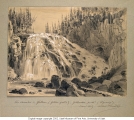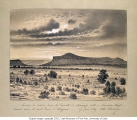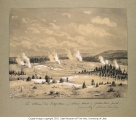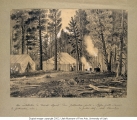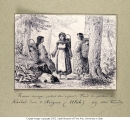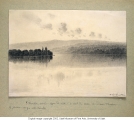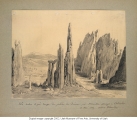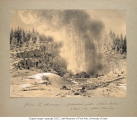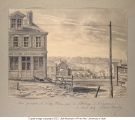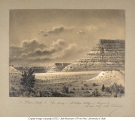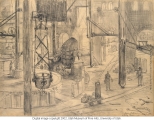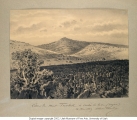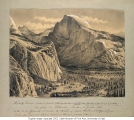| Identifier |
1978_263_chinatownSac.jpg |
| Title |
Chinese District in Sacramento, California |
| Alternate Title |
Quartier Chinois à Sacramento - Californie |
| Creator |
Tissandier, Albert 1839-1906 |
| Subject |
Buildings--California--Sacramento--1880-1890; Rivers--California--Sacramento--1880-1890; Neighborhoods--California--Sacramento--1880-1890; Chinese--Structures--California--Sacramento--1880-1890; Cities & towns--California--Sacramento--1880-1890; Views--1880-1890 |
| Published Location |
Reproduced in the exhibition catalog, Albert Tissandier : Drawings of nature and industry in the United States, 1885, by Mary F. Francey ([Salt Lake City, UT] : Utah Museum of Fine Arts, 2001), p. 45. |
| Short Essay |
Discovery of gold in California attracted thousands of people to the West in 1849. Sacramento, one of the first major mining cities, mirrored the rapid population growth and served as a trade center for the gold mines with boat service to San Francisco. The large number of Chinese immigrants who came to California during the gold rush provided cheap labor because they willingly worked at any available job, including domestic service, laundry and labor in the mines. The living quarters of the Chinese immigrants caught Tissandier's attention during his visit to Sacramento. The cluster of small wooden structures of the Chinese community was located on the banks of the Dear River and are in sharp contrast with the substantial American buildings in the background. Either knowingly or unconsciously, Tissandier calls attention to the differences in building materials, style and location, all of which point to the alienation and lower social status of the Chinese in California. Nevertheless, the Chinese population experienced steady growth even after the initial feverish search for gold had declined and no longer attracted western prospectors. The white community resented the presence of large numbers of Chinese who were considered little more than savages or animals. Many believed that, because they worked for extremely low wages, they created unfair competition on the job market. Aware of the social and political tensions among Californians, Tissandier wrote: " ... more than 150 workers are employed in recovering the ore and extracting the gold. The owners employ a rather large number of Chinese. They have formed a little colony on the banks of the Dear River, but they are little liked by the American, to be sure. Beginning American employees earn fifteen francs a day. The Chinesse work very well and are content with half this sum." Having noted the discrimination endured by the black community in Washington, D.C., Tissandier was equally conscious of the prevailing attitudes toward the Chinese population in California. |
| Publisher |
Utah Museum of Fine Arts |
| Contributors |
Mary F. Francey |
| Date |
1885-07-20 |
| Type |
Image |
| Format |
application/pdf |
| Source |
Albert Tissandier: Drawings of Nature and Industry in the United States |
| Language |
fra |
| Rights Management |
Digital image c2001 Utah Museum of Fine Arts, University of Utah |
| Source Physical Dimensions |
34.29 cm High x 35.56 cm Wide |
| Source Characteristics |
Graphite on paper |
| Light Source |
Kaiser Softlite ProVision 6x55W flourescent 5400K daylight |
| Archival Resolution |
TIFF: 4993 x 4223 pixels |
| Display Resolution |
JPEG: 900 x 790 pixels |
| Bit Depth |
36-bit color |
| Scanning Device |
Leica S1 Pro scanning camera; Hasselblad CFi 50mm F/4 lens; f/11 |
| Exhibit Catalog |
ISBN: 0-9657215-0-7; Library of Congress Catalog Number: 2001094211 |
| Setname |
uu_umfa_at |
| ID |
415810 |
| Reference URL |
https://collections.lib.utah.edu/ark:/87278/s6bk1cds/415810 |

